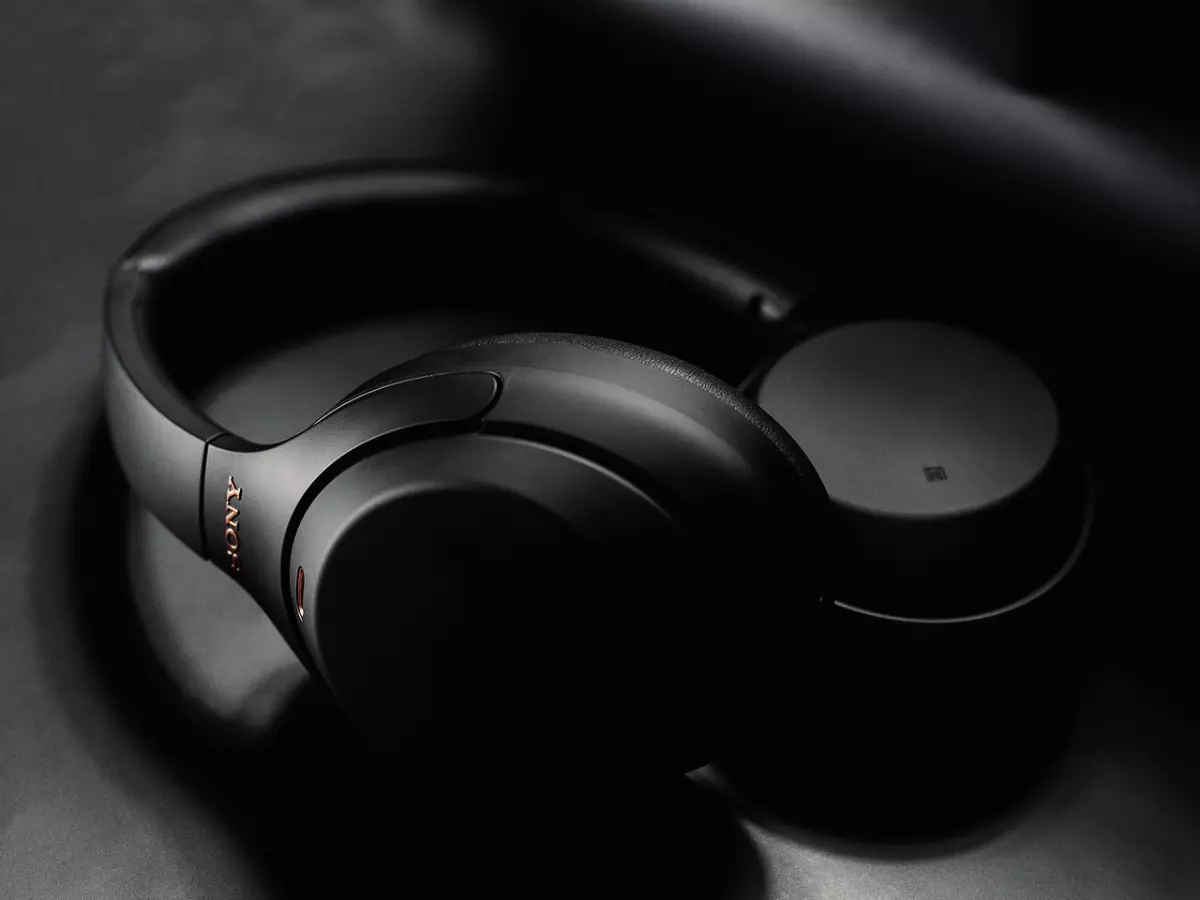Sound Matters
Remember the days when your phone's speaker was barely loud enough to hear a ringtone in a crowded room? Yeah, those were the dark ages of gadget audio. Fast forward to today, and we're living in a world where our devices are expected to deliver crisp, clear sound whether we're watching Netflix, gaming, or jamming out to our favorite playlist. But here's the kicker: not all gadget speakers are created equal, and the gap between good and bad audio quality is still a battlefield.

By Carlos Martinez
Back in the early 2000s, mobile phones were primarily communication tools. Audio quality? Not exactly a priority. You were lucky if you could hear your ringtone over the noise of a busy street. But as smartphones evolved into multimedia powerhouses, the demand for better audio quality skyrocketed. Suddenly, people wanted their devices to do more than just make calls—they wanted them to be portable entertainment systems. And that’s when the war for better speakers began.
Fast forward to today, and we’ve come a long way. But even with all the advancements in speaker technology, many gadgets still struggle to deliver the kind of audio quality we expect. Why? Well, it turns out that cramming high-quality speakers into tiny devices like smartphones, tablets, and laptops is no easy feat. And the battle between size and sound quality is one that manufacturers are still fighting.
The Physics of Sound: Why Size Matters
Let’s get one thing straight: when it comes to speakers, size really does matter. The larger the speaker, the more air it can move, and the better it can reproduce low frequencies (aka bass). That’s why your home theater system sounds so much better than your phone’s speaker. But here’s the problem: most gadgets are getting smaller, not bigger. And that means manufacturers have to make some serious compromises when it comes to speaker size.
Take smartphones, for example. The average smartphone is less than 10mm thick, which doesn’t leave a lot of room for a decent-sized speaker. To get around this, manufacturers use a variety of tricks, like placing multiple small speakers in different parts of the device or using software to enhance the sound. But no matter how clever the design, there’s only so much you can do with a speaker that’s the size of a postage stamp.
Enter: The Rise of Smart Audio
One of the ways manufacturers are trying to overcome the limitations of small speakers is by integrating smart audio technologies into their devices. This includes things like Dolby Atmos, DTS:X, and other spatial audio technologies that create a more immersive sound experience by simulating surround sound. These technologies can make a big difference, especially when you’re watching movies or playing games, but they’re not a magic fix for poor speaker quality.
Another trend we’re seeing is the rise of AI-powered audio enhancements. AI can analyze the type of content you’re listening to and adjust the sound settings in real-time to optimize the audio experience. For example, if you’re watching a movie, the AI might boost the dialogue so you can hear it more clearly, or if you’re listening to music, it might enhance the bass. It’s a clever solution, but again, it can only do so much if the speakers themselves aren’t up to par.
Can External Speakers Save the Day?
If your gadget’s built-in speakers just aren’t cutting it, you might be tempted to invest in external speakers or headphones. And honestly, that’s not a bad idea. External speakers, especially Bluetooth ones, have come a long way in recent years, and many of them offer excellent sound quality. Plus, they’re portable, so you can take them with you wherever you go.
But here’s the catch: not all Bluetooth speakers are created equal. Just like with built-in speakers, there’s a wide range of quality out there. Some Bluetooth speakers sound amazing, while others are barely better than your gadget’s built-in speakers. So, if you’re going to invest in external speakers, make sure you do your research and choose one that’s known for delivering high-quality sound.
The Future of Gadget Audio
So, where do we go from here? Well, the good news is that speaker technology is constantly evolving, and we’re likely to see even more advancements in the coming years. For example, some manufacturers are experimenting with piezoelectric speakers, which use vibrations to produce sound. These speakers are incredibly thin and could potentially solve the size problem that’s been plaguing gadget audio for years.
We’re also likely to see more integration of AI and machine learning into audio systems. As AI gets better at understanding our preferences and habits, it will be able to make even more sophisticated adjustments to the sound, creating a truly personalized audio experience. And who knows? Maybe one day, we’ll have gadgets that can deliver home-theater-quality sound in a package that fits in our pocket.
But until then, the battle between size and sound quality will rage on. And as consumers, it’s up to us to decide which side we’re on. Do we want sleek, ultra-thin gadgets with mediocre sound, or are we willing to sacrifice a bit of size for better audio quality? It’s a tough choice, but one thing’s for sure: in the world of gadget speakers, sound matters.
In the end, it all comes down to what you value most. If you’re someone who can’t live without great audio, you might want to think twice before buying the thinnest, sleekest gadget on the market. But if you’re more concerned with portability and design, you might be willing to put up with less-than-stellar sound. Either way, it’s a decision that every gadget lover will have to make sooner or later.
And hey, if you ever find yourself missing the days of barely audible ringtones, just remember: at least we’ve come a long way from that!





